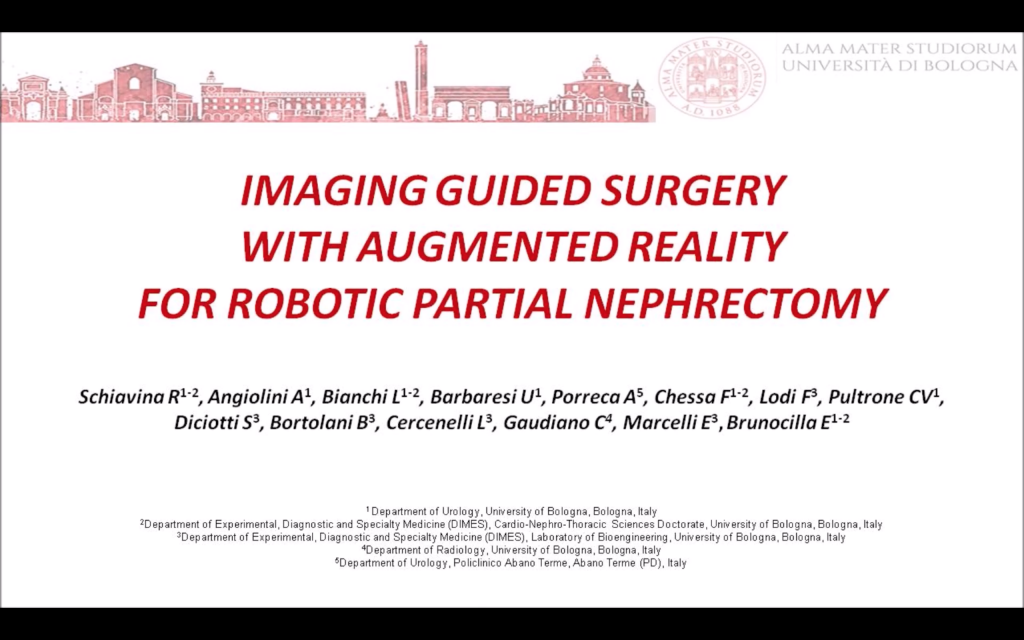In the CLICK test of 160 patients, the drug cut systolic blood pressure by 11 mm Hg after 12 weeks compared with a 0.5 mm Hg reduction with placebo (P<0.001).
It reduced diastolic blood pressure by 4.9 mm Hg versus 1.0 mm Hg with placebo, also a significant difference, according to the study, released Friday during the American Society of Nephrology's Kidney Week and simultaneously in the New England Journal of Medicine.
The volunteers started the trial with a systolic pressure of about 140/69.
While chlorthalidone reduces cardiovascular morbidity, "its efficacy and safety among patients with advanced chronic kidney disease remains poorly understood," the researchers said.
"Thiazide diuretics are not recommended by any guideline of any society for the treatment of hypertension in people with stage-4 chronic kidney disease. So these findings are potentially practice changing," chief author Dr. Rajiv Agarwal of the Indiana University School of Medicine, in Indianapolis, told Reuters Health by email.
He could not say which percentage of patients in each group ended up with normal blood pressure, explaining that "we have not analyzed these data yet."
All the volunteers had stage-4 disease and a systolic blood pressure of at least 130 mm Hg or a diastolic of at least 80 mm Hg despite taking at least one antihypertensive drug. They were actually taking, on average, 3.4 blood pressure medicines.
Chlorthalidone was initially given at 12.5 mg daily, with increases every four weeks as necessary to a maximum daily dose of 50 mg. The volunteers were randomized based on their previous use of loop diuretics, which were taken by 60% of the volunteers.
When the researchers looked at secondary endpoints, they found that drug therapy produced a 52% reduction in the urinary albumin-to-creatinine ratio versus a 4% drop with placebo at 12 weeks.
That reduction "was a magnitude that was large and a pleasant surprise. This magnitude of reduction suggests that the drug may produce cardiorenal protection in the long term," Dr. Agarwal said.
The percent change in NT-proBNP levels at 12 weeks were -30% with chlorthalidone and -11% with placebo.
The benefits appear tied to weight reduction, Dr. Agarwal said.
A similar percentage of patients in each group logged at least one adverse event. Not surprisingly, chlorthalidone produced increases in serum creatinine, hypokalemia, hyponatremia, hypomagnesemia, hyperglycemia, hyperuricemia and dizziness.
"The side effects we saw in patients with kidney disease were similar to those without kidney disease," said Dr. Agarwal, a professor of medicine. "Therefore, monitoring electrolytes, blood pressure, and kidney function a few weeks after starting chlorthalidone and periodically thereafter would be prudent."
"This is not a medicine that you prescribe and forget," he said. "It requires monitoring and adjustments. But a clever clinician can effectively use this drug to improve blood pressure."
The study did not have commercial funding.
SOURCE: https://bit.ly/3nS2LEA The New England Journal of Medicine, online November 5, 2021.
By Gene Emery
Posted on
Previous Article
« High-dose constraint-induced movement therapy effective in cerebral palsy Next Article
Cryptogenic-stroke features and cancer status may be linked »
« High-dose constraint-induced movement therapy effective in cerebral palsy Next Article
Cryptogenic-stroke features and cancer status may be linked »
Related Articles
July 22, 2022
New prognostication in N3 penile cancer

© 2024 Medicom Medical Publishers. All rights reserved. Terms and Conditions | Privacy Policy
HEAD OFFICE
Laarderhoogtweg 25
1101 EB Amsterdam
The Netherlands
T: +31 85 4012 560
E: publishers@medicom-publishers.com

